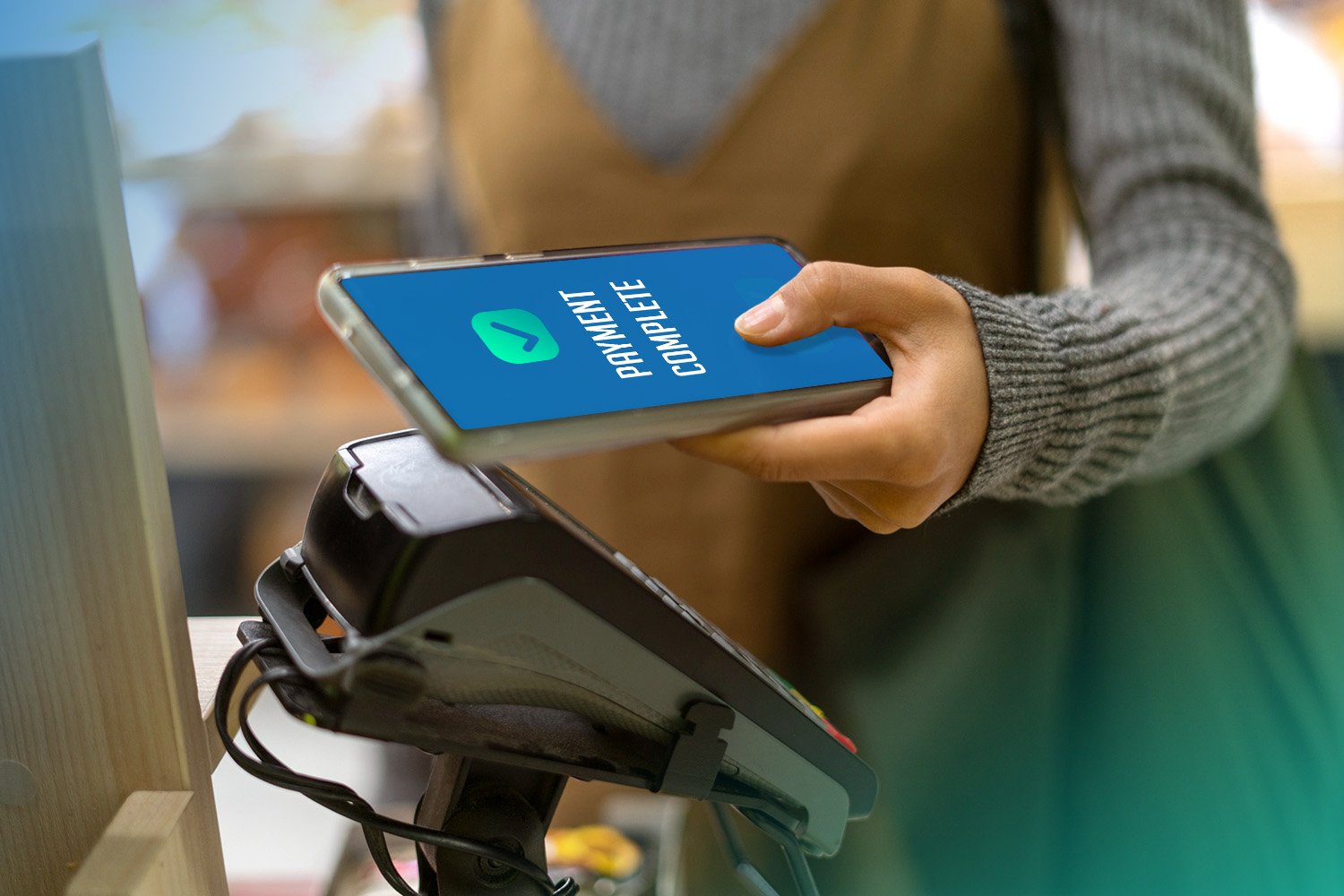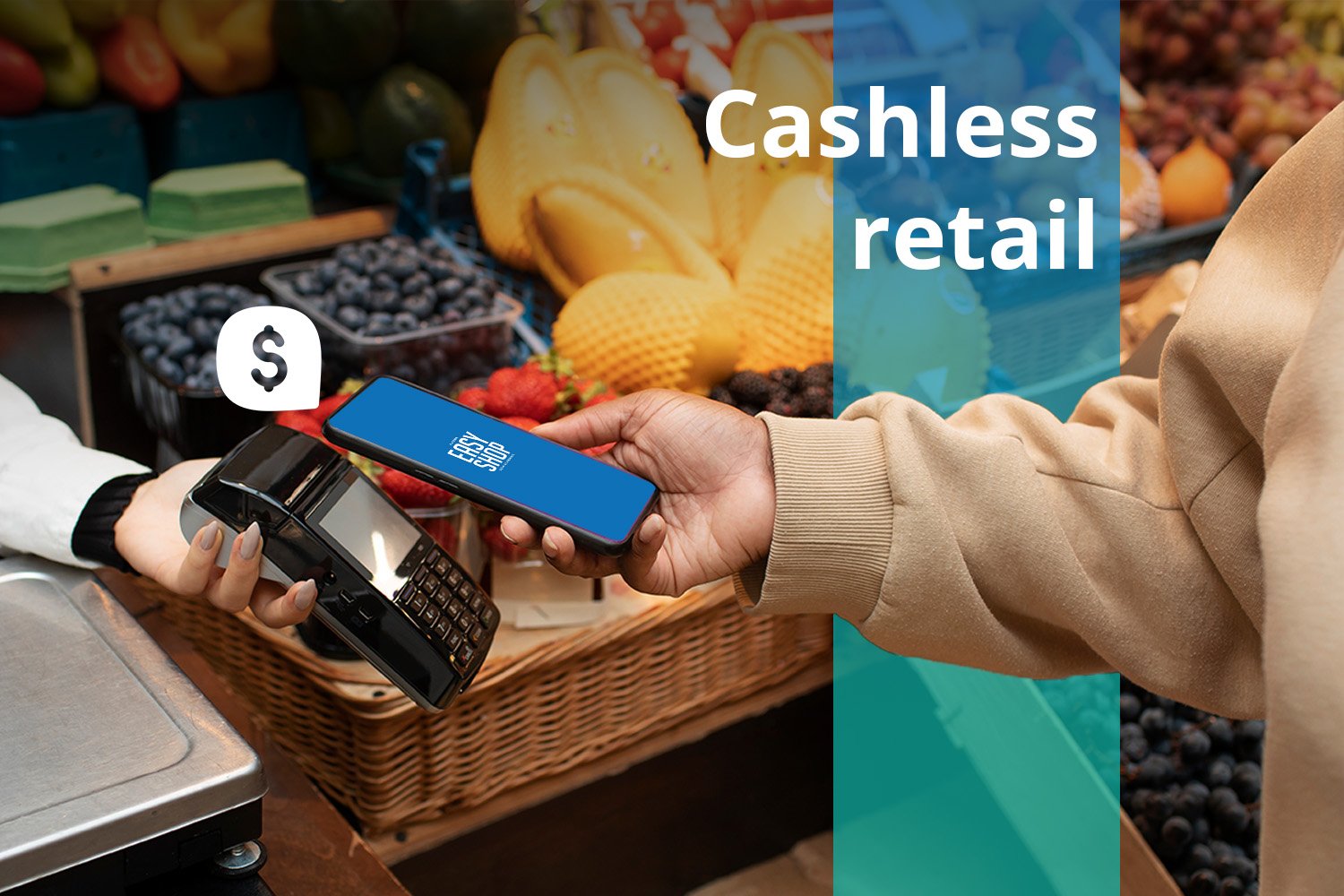RFID checkout vs. self-scanning: The future of self-service technology
The traditional checkout line is slowly becoming a relic of the past – and for good reasons. Several time-consuming elements can be avoided when using self-checkout options, as these offer a faster and more convenient way for customers to do their shopping. Within the realm of self-service technologies, there are several options available on the market, but some have gained more popularity than others. Self-checkout using RFID and self-scanning are two of the most popular technologies – but which one is the best? Let’s dive into these two types of self-checkout solutions here!
The rise of retail technology
New retail solutions are presented every year, some more successful than others. With the rise of artificial intelligence, there are also new variants and improvements of existing retail solutions available on the market.
While these new solutions are impressive, it can be hard for retailers to decide upon which solution suits their business the best. Furthermore, other factors such as technological maturity among the shoppers will decide if the retail solution is a success or not.
Both self-scanning and RFID checkout are solutions based on technology that has been in existence for quite some time – but the possibilities have grown. As retailers are competing for the shoppers’ loyalty, these solutions can provide benefits for both consumers and retailers alike.
Self-scanning
Self-scanning has become a well-known and popular solution among shoppers in stores around the world. According to RBR the self-scanning trend is expected to continue, as more than 57 000 locations offered self-scanning in 2023, with the number expected to triple by 2028. One of the reasons for this continued growth is that self-scanning is expected to expand beyond grocery stores: Also retailers in the “convenience with fuel” and “hard goods” categories have noticed the benefits of self-scanning. Furthermore, the rise of using smartphones for self-scanning has further fuelled the usage, for example by making it possible to integrate the self-scanning feature in an existing app.
Self-scanning is done using barcodes, which is a technology that most customers are already familiar with. The shopper is using either a dedicated self-scanning device or their own smartphone, to scan their items during the shopping trip. The items are bagged during the shopping trip, and payment is done either in-app or at a designated payment tower at the store exit.
Benefits of self-scanning
So what are the benefits of self-scanning? There are various, depending on who the beneficiary is. Here is a selection of benefits, divided in retailer-oriented benefits and customer-oriented benefits.
Benefits for retailers
Cost-effective setup: Self-scanning, being compared to other self-service technologies, is a relatively cost-effective investment. Depending on of the retailer is implementing self-scanning using dedicated devices or smartphones, there are possibilities to cut costs and to see a quick return on the investment.
Improved customer satisfaction and loyalty: By enhancing the customer experience, retailer will gain additional customer loyalty among the shoppers – and the opportunity to attract new ones. The smart technology combined with the avoidance of queues and other time-consuming elements will encourage shoppers to visit the store – and to spend more.
Learn more about the benefits of self-scanning for retailers here
Benefits for shoppers
Reduced shopping time: By being able to pack the items during the shopping trip, and by avoiding the queues at the checkout, shoppers can gain valuable time with self-scanning – without reducing the basket size. This is one of the main benefits for the customers.
Full control: With a smart self-scanning setup, the shoppers always have a real-time overview of scanned items, applied discounts and other information that makes the shopping trip better. It is also a good way to avoid any unpleasant surprises at the checkout.
Learn more about the benefits of self-scanning for shoppers here
RFID self-checkout
The RFID self-checkout solution is only a part of what is possible with RFID technology. What originally began as a way for radio stations to identify friendly airplanes has developed into a must-have for companies in various industries such as logistics, warehousing and transportation.
For retail, RFID has shown to be a way to keep track of inventory, reduce shrinkage but also for minimizing the friction for the shoppers. This is done by using the RFID technology for self-checkout, where shoppers put their items in a designated area at the end of their shopping trip. The items are registered automatically when put in the self-checkout area, without any other effort needed from the shopper. The payment is typically conducted at the same area, with an integrated payment station.
Learn more about RFID self-checkout here
Benefits of RFID self-checkout
The benefits of using RFID self-checkout are somewhat different when compared to self-scanning, however the two solutions also share similarities among them.
Instant product registration: With RFID technology, all items are registered at the end of the shopping trip, without any manual registration such as barcode scanning needed. Furthermore, the technology allows for the items to be registered at the same time, allowing for shoppers to save additional time.
Connecting with other systems: With RFID, the retailer has the possibility to connect the checkout system with an electronic article surveillance system, in an effort to minimize shrinkage and theft. This added security element can be a valuable feature for retailers experiencing a high level of shrinkage.
Which solution is the best?
When deciding upon which retail solution to implement, there are many aspects to take into account. As mentioned before, both RFID and self-scanning offers both shared and unique advantages. The choice for retailers will likely depend on various factors such as budget, store size and the customer demographics.
Whereas RFID offers the opportunity to register all items instantly at the checkout, self-scanning allows shoppers to scan and pack the items as the go. Depending on the number of basket items, and the size and weight of these, shoppers might prefer one option over the other. Furthermore, perhaps RFID checkout could be better compared to self-checkout, as both solutions requires that the items are registered at the end of the shopping trip.
From a retailers’ perspective, the RFID tags can become a hindrance when marking up the products - there is a variety of tags, from different magnufacturers and with different abilities. These RFID tags must either be added manually in the store, or by the manufacturer when producting the item. The barcodes are easier to produce and to connect with a specific item, which makes it more convenient to use for retailers offering products from different manufacturers and suppliers.
Ultimately the winner in the self-service battle will be the technology that offers the fastest and most convenient experience for the customers – at the right cost for the retailers.



